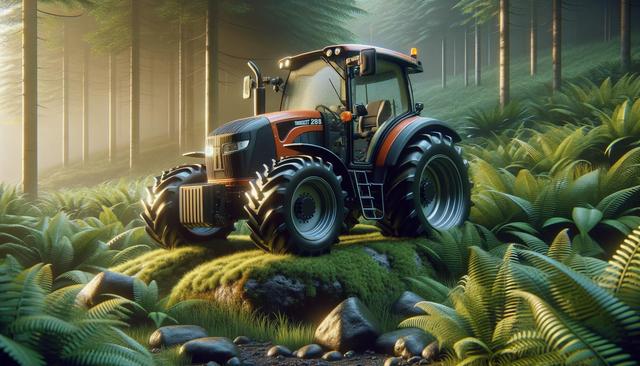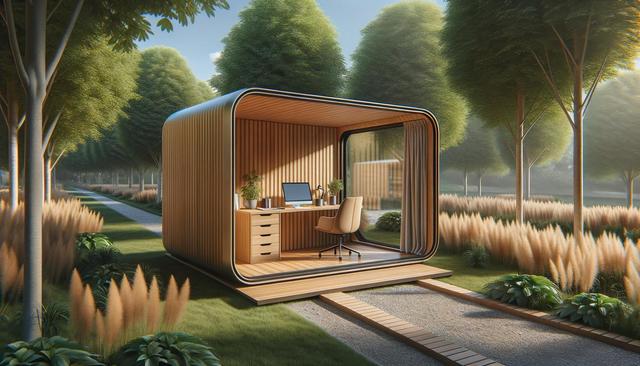Why Compact Tractors Make a Difference
Compact tractors have become a reliable solution for landowners, farmers, and landscapers who need a machine that’s both powerful and maneuverable. Unlike larger agricultural tractors, compact models are specifically designed to handle a broad range of tasks on smaller properties or tight workspaces. Whether it’s mowing large lawns, tilling garden beds, or moving materials, a compact tractor can simplify the workload significantly. Their versatility and efficiency make them a valuable investment for those seeking to increase productivity without sacrificing space or fuel economy.
These tractors are also known for their ease of use. Many newer models come equipped with user-friendly controls, ergonomic seating, and enhanced visibility. This makes them accessible not only to experienced farm workers but also to homeowners and hobbyists who may be operating equipment like this for the first time. The compact size also means storage and transportation are far less complicated compared to full-sized farm machinery.
Key Features That Enhance Functionality
One of the main advantages of compact tractors is the range of features designed to improve their efficiency and performance. Modern models such as the 1025R cab with AC come with climate-controlled cabs, making them practical for year-round use. Staying comfortable in extreme weather is no longer a limiting factor when managing outdoor tasks.
Some of the most appreciated features include:
- Four-wheel drive for better traction on uneven or muddy terrain
- Hydrostatic transmission for smoother control and easier operation
- Quick-attach systems for switching implements with minimal effort
- Integrated lighting for improved visibility during early morning or late evening work
These enhancements not only improve productivity but also reduce fatigue and the risk of operator error. Depending on the model, you can also find built-in safety features such as rollover protection systems (ROPS) and seat belt reminders.
Common Applications Across Multiple Industries
Compact tractors are incredibly adaptable, finding use in various sectors beyond traditional farming. In landscaping, they are used to level land, move soil, and even install irrigation systems. For homeowners with larger properties, these machines provide the horsepower needed to handle snow removal, tree maintenance, and driveway grading.
In municipal settings, compact tractors help maintain parks, trails, and public spaces. They’re often outfitted with attachments like sweepers, loaders, or backhoes depending on the seasonal needs of the community. Here are a few examples of their common uses:
- Residential property maintenance
- Light construction work
- Groundskeeping at schools or sports facilities
- Small-scale farming and gardening
This versatility allows users to get more done with fewer machines, reducing the overall equipment footprint and associated costs.
Attachments That Expand Capabilities
One of the most powerful aspects of compact tractors is their ability to handle a wide variety of attachments. This adaptability means a single machine can perform dozens of different tasks, depending on the needs of the day. Attachments can be connected easily using quick-hitch systems or hydraulic couplers, making transitions between tasks fast and efficient.
Popular attachments include:
- Front loaders for moving soil, gravel, or snow
- Backhoes for trenching and digging
- Mowers and brush cutters for vegetation control
- Tillers for preparing garden beds
- Post-hole diggers for installing fences or planting trees
With the right combination of attachments, a compact tractor can become a year-round tool. This reduces the need to invest in multiple pieces of specialized equipment, saving both time and money in the long run.
Choosing the Right Compact Tractor for Your Needs
When selecting a compact tractor, it’s important to consider the nature of your work, property size, and future needs. Think about the terrain you’ll be working on, as well as the types of tasks you’ll perform most often. For instance, if you’re primarily using the tractor for mowing and light hauling, a model with a mid-range horsepower level and basic features may be sufficient. However, for more demanding tasks like excavation or heavy lifting, a more powerful unit with additional hydraulic capacity may be required.
Other factors to consider include:
- Comfort and cab features for extended use
- Fuel efficiency and maintenance needs
- Availability of compatible attachments
- Ease of transport and storage options
Investing in a compact tractor is not just about the upfront cost—it’s also about long-term value. By choosing a model that aligns well with your needs, you can ensure that your equipment remains useful and relevant for years to come.
Conclusion: A Smart Investment in Power and Versatility
Compact tractors like the 1025R cab with AC offer a compelling mix of comfort, performance, and adaptability. Whether you’re managing a small farm, maintaining a large property, or handling municipal landscaping projects, these versatile machines provide the flexibility and power needed to get the job done efficiently. With the ability to use a wide range of attachments and navigate tight spaces, compact tractors are a practical solution for anyone looking to streamline their workload while maximizing output. Choosing the right model can lead to long-term productivity and satisfaction, making it a smart investment for various applications.


